Hurricane Heroes
When Hurricanes Milton and Helene devastated parts of the Southeast last year, FAA Engineer Andre Pagan Crespo was compelled to help. He remembered vividly the devastation caused by Hurricane Maria to his Puerto Rican homeland in 2017.
“I know first-hand how important it is to have airports and runways ready to receive aid and get the [national airspace system] working,” he said. “If I could be a part of that and help other people, then why not? It feels like a moral responsibility.”
Pagan was one of dozens of FAA technicians who helped restore the critical aviation equipment that pilots rely on to fly safely.
As Hurricane Erin is forecast to bring high surf to the East Coast, the FAA workforce is ready to respond again. Here’s a look at how the agency orchestrates and executes heroic recovery efforts before, during and after a major storm.
Proactive and Prepared
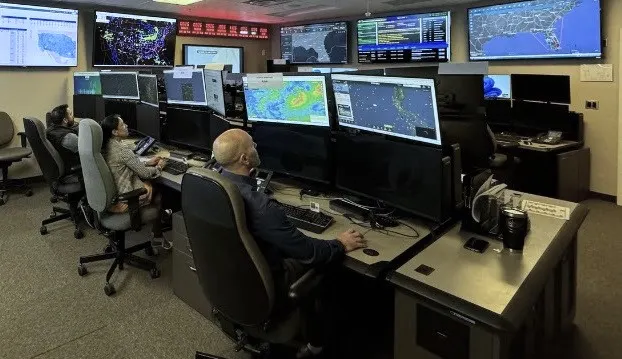
The FAA trains year-round to prepare for hurricanes. When a storm is imminent, coordination is essential to being ready, and the agency refines its plans each year.
At the FAA’s Command Center in Warrenton, Virginia, and at FAA Headquarters in Washington, D.C., emergency response specialists track impending storms and determine the projected impact area.
“We look at contingency plans and see if there’s anything we can offer to make operations more manageable for the state response,” said Thomas Kopp, head of the FAA Air Traffic Organization’s crisis action team, a specialized unit that responds to natural disasters and other crises.
Technicians are on the ground to safeguard and preserve equipment prior to landfall. They proactively protect radars and essential ground-based equipment from water intrusion and wind damage — critical tools pilots depend on to navigate safely through every flight.
“We’re in the business of moving planes safely, and to ensure that happens, two critical things are needed — for both aircraft and controllers: communications and surveillance,” said Henry Torres, who leads the FAA’s efforts to restore aviation equipment amid disasters.
“We prep engine generators and other equipment to make sure it’s ready to roll prior to the storm,” added Edie Bowdish, an FAA engineering manager based in Fort Worth, Texas.
Bowdish was key in assessing impacts to flight communications and navigation equipment from Hurricane Ida, which devastated parts of Louisiana in 2021.
“We move personnel and equipment into forward staging areas, closer to where we think it will hit,” she said. “That allows us to get to the damaged sites promptly once the storm passes.”
Rapid Response
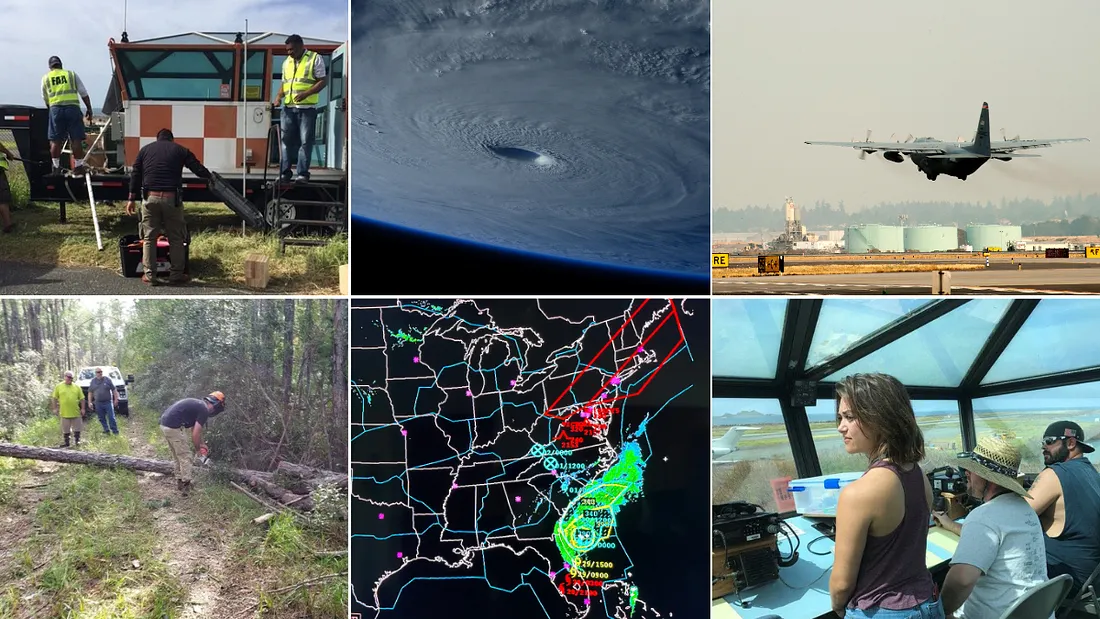
When the storm makes landfall, the FAA is positioned to respond quickly and efficiently.
Airspace security specialists will issue a temporary flight restriction (TFR) over the disaster-response area to provide a safe flying zone for helicopter and airplane pilots assisting with hurricane response. The TFRs restrict other aircraft, including drones, from operating without permission. Pilots receive TFR information and updates through Notices to Airmen.
“We don’t want people flying around to just view the damage; we need to create a safe environment for search and rescue,” Kopp said. “It’s imperative for pilots to check the NOTAMs so they don’t put themselves in harm’s way. And we want pilots to know we tailor the TFRs to the size of the response area and to avoid closing more airspace than needed. We’re committed to the flight safety of the folks flying in that area.”
Air operations units at the state level may have difficulty managing airspace in the disaster relief area. In such cases, the FAA will deploy personnel to the state’s emergency operations center.
“This member will act as a consultant for airspace matters to keep aircraft deconflicted — because things can get congested,” said J.J. Johnson, a member of the FAA’s crisis action team.
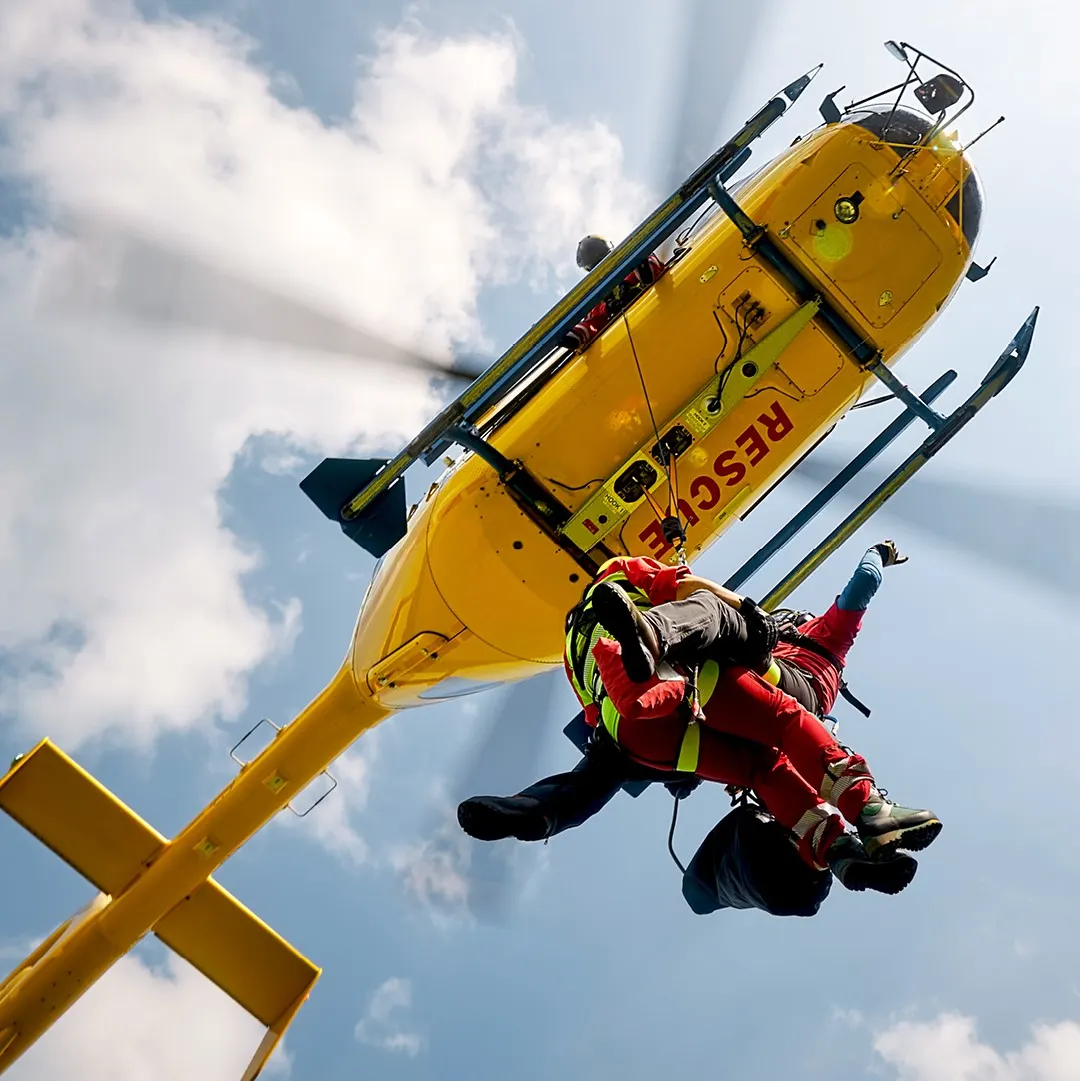
Technicians, meanwhile, track damage to aviation equipment and move to repair it, if possible. If necessary, they’ll install temporary equipment to keep flights moving safely and efficiently.
“We coordinate early with our ATO colleagues to provide emergency communications support that enables damage assessments and repairs to occur as soon as it is safe to do, and those efforts aren’t constrained by the availability of commercial communications within the impacted area,” said Stephanie Supko, lead for FAA-wide incident response coordination.
Other members of the FAA and Department of Transportation modes serve as liaisons between FEMA, DOD, and state governments to restore transportation systems affected by storms and enlist military aircraft for the relief effort.
“For example, if there’s a power outage at an airport, our field incident response team of technicians handles that, and we make sure FEMA is not trying solve the same problem,” said Jeremy McMaster, an FAA emergency response liaison.
Resilience in Action
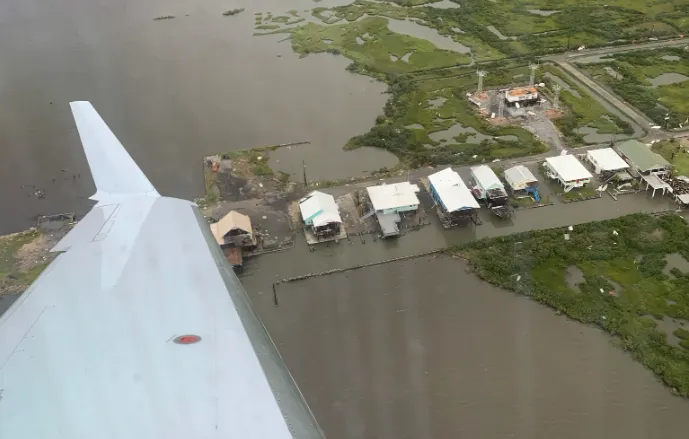
Hurricane impacts are often long-lasting. Recovery efforts are still underway from Milton, Ida, Laura, Helene and even Maria, which occurred eight years ago.
The FAA’s recovery work after recent hurricanes has been exceptional.
Milton and Helene caused significant disruptions across the Southeast, severely impacting FAA-managed aviation equipment in St. Petersburg, Florida; Augusta, Georgia; and Asheville, North Carolina. Helene led to extensive flooding and prolonged power outages at many airports. Milton then caused widespread infrastructure damage across Florida, Georgia, and the Carolinas, resulting in equipment outages, site access issues, and an increased reliance on generators.
FAA incident response teams played a vital role during the crisis. “Their swift deployment to assess damage, coordinate generator operations, and restore essential systems under extremely challenging conditions underscores their unwavering commitment to ensuring operational continuity, system safety and maintaining public trust,” said Sasan Boushehry, who oversees the restoration of storm-impacted equipment on the East Coast. “This remarkable teamwork between field incident commanders, engineering services teams and technicians exemplifies excellence and resilience; it inspires confidence in the robustness of our infrastructure.”
Helene caused significant power outages in the Southeast, to the point where Asheville Airport had to declare ATC Zero — no air traffic control services — until power and communications were restored.
With the main facility-to-facility communications knocked out, the FAA immediately employed temporary satellite-based communications so that air traffic controllers in Asheville and Atlanta could talk with each other and with local officials conducting search and rescue. The emergency internet service also enabled technicians to quickly restore essential equipment at the hard-to-reach summit of Sugarloaf Mountain, southeast of Asheville. The site provides aircraft with navigation data and allows direct communication between controllers and pilots.
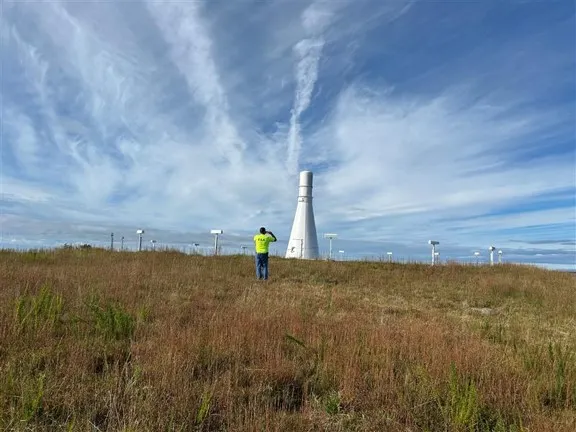
“The connectivity provided in our response kit allowed for the essential communication needed to coordinate operations and support lifesaving missions being conducted in the impacted area,” said Will Forbes, who manages the FAA’s emergency telecommunications program. “And it saved our technicians two days in restoring the critical mountaintop equipment pilots rely on to fly safely.”
The FAA remains steadfast in its commitment to safety, actively preparing for and responding to the unique challenges hurricanes present. From securing vital aviation infrastructure to coordinating with local, state and federal partners, our safety professionals ensure the national airspace system remains resilient and secure.
